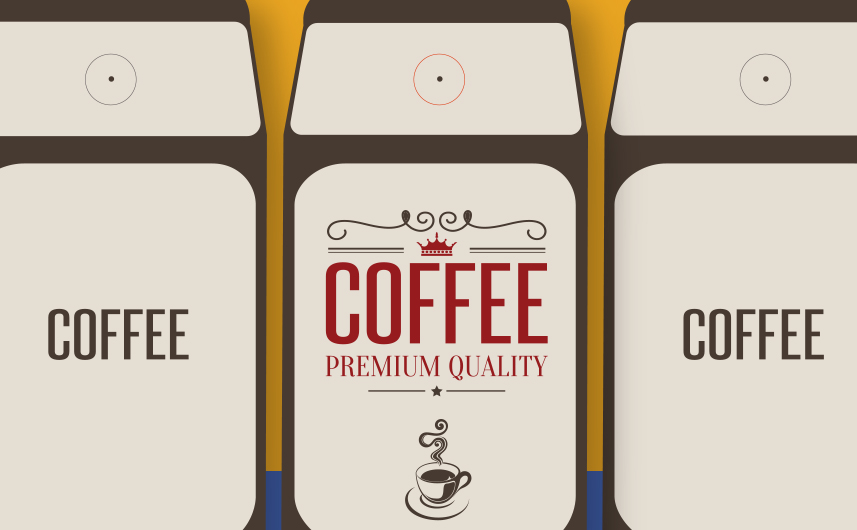The need for a branding agency is hard to determine sometimes.
Many of Emotive Brand’s clients come to us after failed attempts to develop their own brand strategy. Just last week, a client sent us some themes they’d identified in an internal brand survey, along with a frustrated note: “We’ve gotten this far. We’re stuck. Can you help?”
Why is it so hard for organizations to brand themselves from the inside? Aren’t the people who live and breathe a brand every day the most obvious choice to articulate it?
That’s a logical conclusion, and clients who have tried often feel frustrated that they couldn’t move the ball. Invariably they are smart, knowledgeable and passionate about their organization. So why do their efforts fall short?
We think there are three reasons:
1. Proximity
Insider status seems like the ideal place from which to observe a brand – and that’s true. Insiders are crucial keepers of their organization’s values and meaning. It’s important that their knowledge and passion inform their brand strategy. But the fact is that inside is too close in this case. A certain distance is needed to see the big picture.
If I’m standing against a wall, I see bricks. If I back up, I can see the entire building and if I take a helicopter, I can see its context – the creek that’s about to overflow, the neighbor whose buildings are getting closer and closer to its property line, the customers who love it and the ones who are looking for the building, but can’t find it.
Branding requires an aerial view to understand not only what the brand is about, but its competitive landscape and its audience. To understand a brand and a business, context is mandatory, and that generally means an unbiased third party – with a helicopter.
2. Influence
Related to proximity are two powerful influences: corporate culture and company insiders.
In any organization, certain truths are simply in the air, binding the organization together in a common viewpoint. But those unspoken truths are hard to see from the inside and even harder to evaluate objectively. And they’re almost impossible to buck, even if they are getting in an organization’s way.
An even greater influence are the viewpoints and beliefs of the CEO, founder and other leaders. By definition these people have strong ideas about what their company is about – and they are critical for informing a brand strategy. But only an outsider is well-positioned to evaluate these ideas objectively and perhaps rethink them, or even recommend setting them aside.
3. Insight
The marketers who undertake branding projects for their organizations are highly skilled in communications and management. But probably they don’t spend every waking moment honing their insight muscle.
Every great brand idea has insight at its core, but very few people know how to unearth or articulate insights. That’s where our client mentioned above got stuck – they had assembled the pieces, but couldn’t put them together into an idea that was simple and true and inspiring.
Invariably, the branding attempts we see from our clients are completely logical and accurate, but they fail to go beyond the obvious. The effort gets stuck at 1 + 1 = 2, whereas a great, insightful brand strategy will get you to 3.
Admittedly, a branding agency’s recommendation that you hire a branding agency is more than a little suspect.
But here’s a secret: Even Emotive Brand had a tough time articulating our own brand when we re-evaluated it a few years ago for a website refresh. In the end, we pulled it off – we are a branding firm, after all! – but we certainly feel for anyone who has gone through the exercise and had it fall short of their hopes.
Emotive Brand is a branding agency













